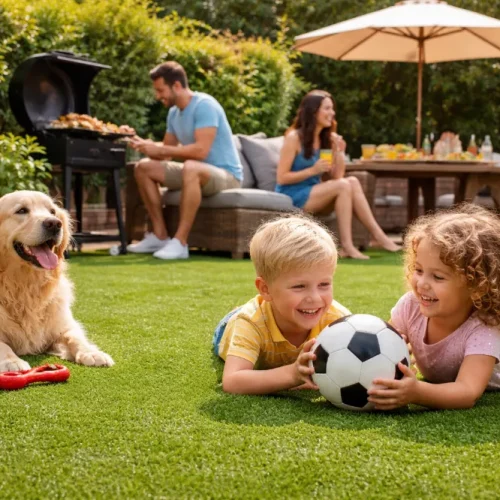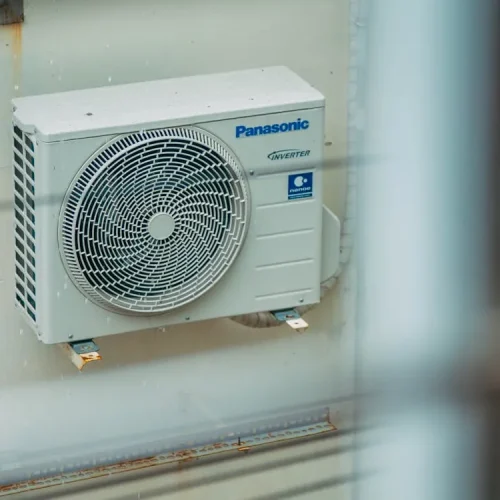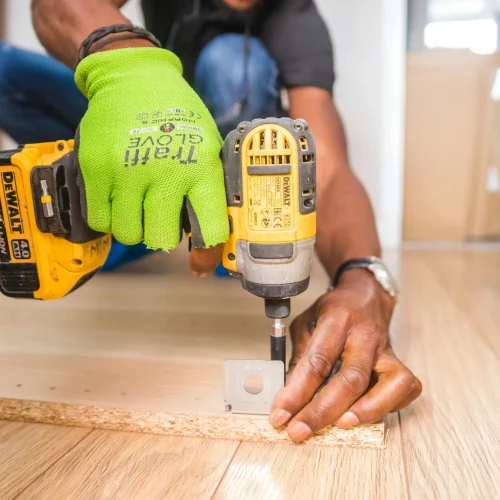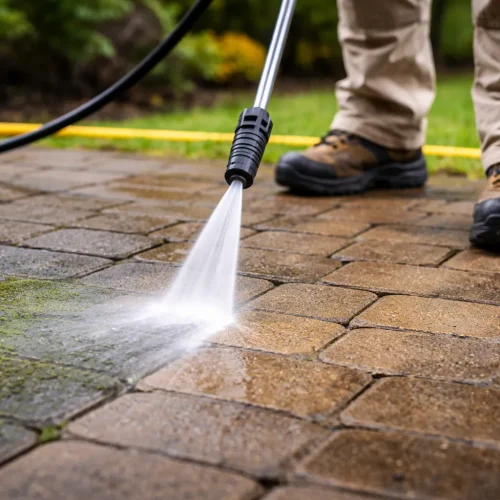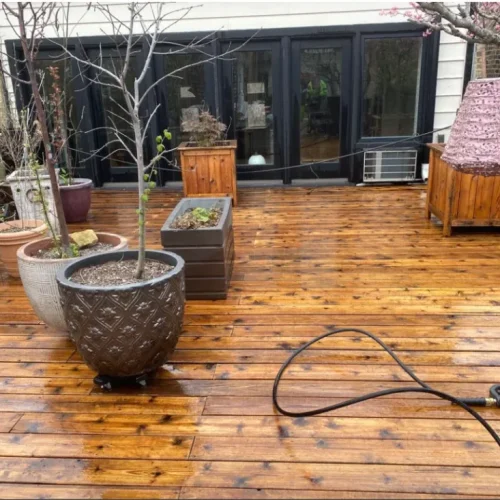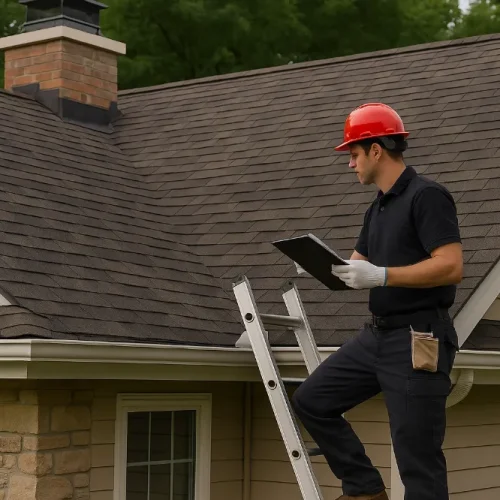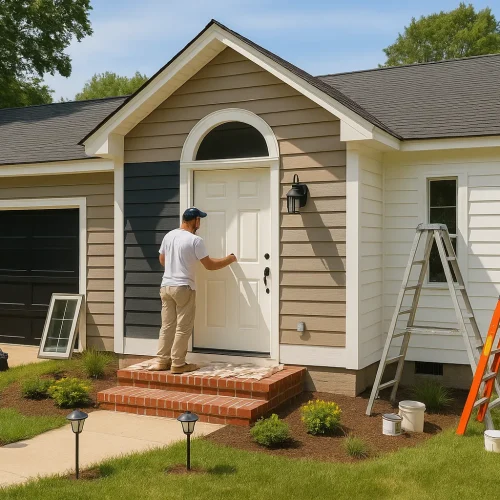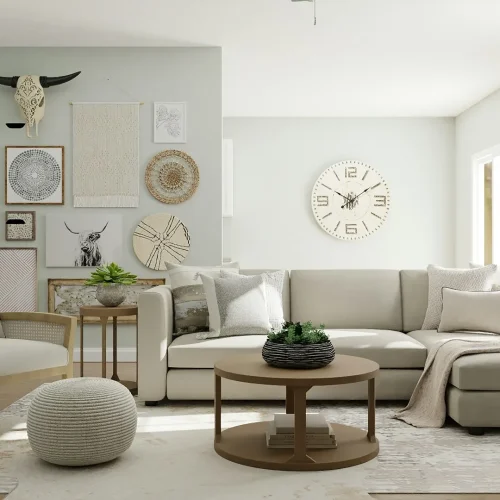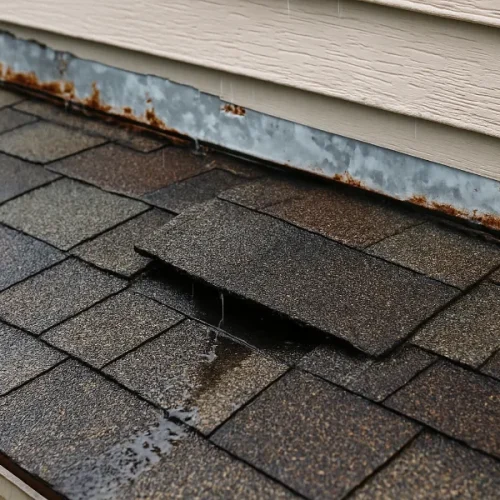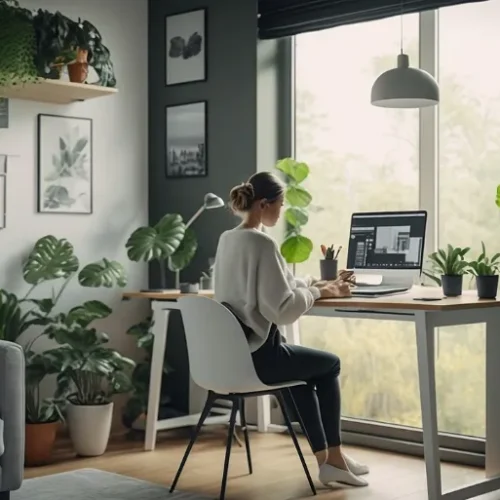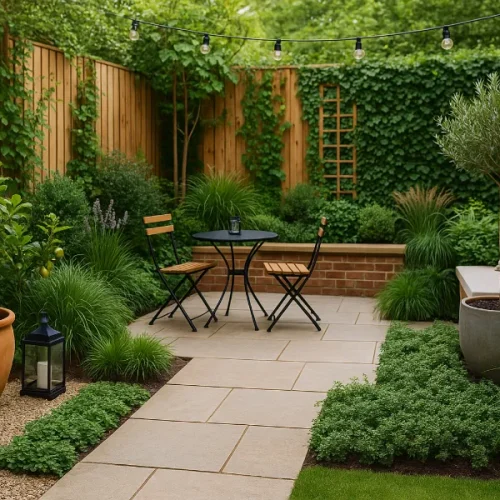
According to recent home design reports, homeowners who blend indoor-outdoor living spaces can increase both their usable square footage and property value—often without doing any major renovations. The appeal is simple. People want more space without having to add another room or expand the house. But many still feel like their indoor and outdoor areas serve two separate purposes. You may love your living room but hardly use your backyard, or your patio may feel like a second thought instead of part of the home.
This divide can make even beautiful spaces feel disconnected. The good news is that you can fix it with a few thoughtful design changes.
This article shares real tips to help you do that.
1. Create a Real Outdoor Living Area
If you want your outdoor space to feel like a true extension of your home, it needs to do more than just look good—it needs to be usable and comfortable. That means setting up a defined area for relaxing, eating, or entertaining. Instead of treating the patio or deck like a separate zone, think of it as another living room or dining space, just without the walls.
One way many homeowners make this shift is by adding a screened-in back porch. These spaces offer the best of both worlds—you get fresh air and natural light, but you also get protection from bugs, wind, and rain. That makes it easier to use the area more often, whether you’re having coffee in the morning or hosting dinner in the evening. Screened porches can also help with privacy and shade, especially if your yard feels too open.
If you’re not sure where to start, look up screened back porch ideas to explore ways to add comfort and protection from bugs or changing weather.
2. Continue the Look with Matching Floors
One of the easiest ways to bring two areas together is through the flooring. If your floors change completely between the living room and the patio, the spaces feel separate. Instead, use flooring materials that look alike or feel similar underfoot.
For example, if you have wood-style flooring indoors, you could use premium composite decking with the same tone outside. Concrete patios can be stained or stamped to match the indoor tile. The goal is not to copy the exact material but to create a shared visual line that connects the two areas.
Keeping the color, texture, or pattern consistent makes the transition smoother and helps both spaces feel like they belong together.
3. Stick to a Shared Color Scheme
Color does more than just make a space look nice—it affects how connected it feels. If your indoor space uses warm neutrals and your outdoor area is filled with bright blues and reds, the shift between them will feel abrupt. But when you keep the same tones running through both, you create a clear connection.
Choose two or three main colors and carry them through. If your couch is beige with green cushions, add green throw pillows or rugs outdoors. Even small touches like matching planters or chair cushions can make a difference.
It’s not about being exact. It’s about letting the eye move from one space to the next without sharp contrast.
4. Use Glass Doors to Open Up the Space
A solid wall with a small door separates your home from the outside. Replacing it with large glass doors can completely change how the space feels. Glass lets you see the outside even when the doors are closed, which helps blur the line between indoors and outdoors.
Sliding doors, french doors, or bi-fold options give you full-width openings. When they’re open, the flow between rooms becomes almost invisible.
This is especially useful if you entertain often or have kids. People can move freely in and out, and the space feels bigger and brighter all the time.
5. Choose Furniture That Works Together
If your living room furniture is sleek and modern but your patio has bulky plastic chairs, the contrast makes the two areas feel like they’re from different homes. Instead, try to match styles even if the materials are different.
If your interior is clean and simple, look for outdoor furniture with the same shapes or colors. If your inside space feels relaxed and rustic, go for wood or wicker pieces outside.
This doesn’t mean you need to buy new sets. It may just mean updating cushion covers or painting a few items to keep the look consistent.
6. Use Textiles to Bridge the Spaces
Soft materials like rugs, cushions, and throws can help bring indoor comfort outside. They also create visual unity. Choose fabrics that repeat the same colors or patterns you’ve used indoors. If your living room has a gray and beige color scheme, use outdoor rugs or pillows with those tones.
Outdoor fabrics are made to handle the weather, but they still offer the same cozy look as indoor materials. This makes it easier to move between both spaces without feeling like you’re stepping into a totally different area. When textiles in both areas share a look and feel, the design feels complete.
7. Blend Greenery for a Natural Flow
Plants can do more than decorate a space—they help connect it. If you place similar plants inside and outside, the eye naturally follows the greenery across the space. This creates a smoother visual path from your home to your backyard or patio.
Try placing potted plants by the door, then continue the line with matching planters outside. Use the same kinds of plants on both sides when possible. Even if you mix species, keeping the containers or arrangements similar helps tie everything together. This also brings a bit of the outdoors inside, which adds freshness and calm.
8. Make Sure Pathways Stay Clear
Even with good design, clutter can break the connection between two spaces. Pay attention to the area around the door or walkway. If there’s furniture, tools, or other items in the way, it can feel hard to move freely from one side to the other.
Leave enough room for people to walk comfortably. Avoid placing chairs or tables too close to entryways. Store items neatly, and keep both areas clean. A smooth path makes the space feel more open and usable, especially if people move between the inside and outside often.
Common Questions
Indoor-outdoor living is the design concept of creating a seamless flow between indoor and outdoor spaces, making them feel like one cohesive area. It’s popular because it increases usable square footage, enhances comfort, and adds value to your home without requiring major renovations.
Start by creating a defined outdoor living area—such as a screened-in porch, patio lounge, or outdoor dining space. Use comfortable furniture, weather-resistant textiles, and cohesive decor that mirrors your indoor style to make the transition feel natural.
Use similar flooring tones, a shared color palette, and matching textiles to create visual unity. Glass doors like sliders or French doors also help by extending the view and allowing natural light to flow in.
Yes, using furniture with similar styles, shapes, or colors in both spaces enhances flow and continuity. Even simple updates like new cushion covers or coordinated accessories can make a big difference in achieving a unified look.
Incorporating similar plants inside and outside visually links the spaces and promotes a natural flow. Try placing matching potted plants near doorways and continuing that greenery theme across the patio or yard.
Conclusion
Creating a seamless indoor-outdoor living space isn’t about having a big budget or starting from scratch. It’s about making thoughtful design choices that help your spaces work together. Whether you update the flooring, match your colors, or add useful furniture outside, each small change adds up.
This kind of setup not only makes your home feel larger but also helps you enjoy every part of it. You’ll spend more time outdoors without losing the comfort of being inside. It’s a smart, simple way to make your home more livable, practical, and inviting all year long.


